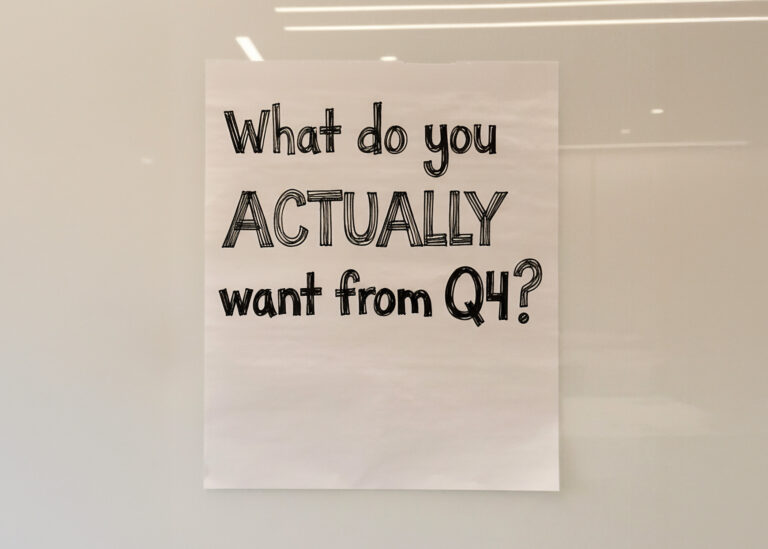“What should I do if I have one team member who I think wouldn’t get on board with this?” he asked during the Q&A of my presentation. He described the individual as stubborn and unlikely to show any interest in being open and honest.
He’s not the first person to ask me this question.
We’ve all worked with someone like this—someone who just wants to do things their own way and shows no interest in a team effort. It can be exhausting and frustrating to the point where we end up leaving them alone to forge their own path. We assume they won’t participate in a meeting or planning session, and they eventually become isolated and disengaged from the team.
There are two solutions to this question. The first is more likely and is where we need to start. Ask yourself:
Have you made your communication expectations clear?
We often assume everyone knows how to operate in a business environment. However, when we don’t make expectations crystal clear, we allow team members to carry over communication habits from their previous workplaces—which likely weren’t great, or they wouldn’t have left!
This is where The Agreement comes into play. The Agreement is one of our Six Practices—a simple yet powerful script that outlines communication expectations. Here it is in full:
“Will you agree with me on how we’re going to communicate? I want you to be 100% honest, meaning be truly and freely yourself, speaking into what you want and how you feel. I promise I will be 100% open to it, meaning I will listen without reservation. I will put my needs and wants on pause for you. In return, I will be honest with you, and I ask that you be completely open to it.”
The Agreement is a living, breathing commitment. It isn’t something you set once and forget; it guides every conversation the two people have moving forward. While neither party will be perfect at being 100% open and honest, The Agreement provides a way to course-correct.
I’ve heard clients use The Agreement in various ways, including:
+ Onboarding
+ Training
+ Weekly meetings
+ One-on-one conversations
+ Quarterly and annual reviews
And more.
The Agreement not only clarifies leadership expectations but also educates the team on the distinction between openness and honesty. It creates a two-way street for communication going forward.
Now, for the second solution. Once you’ve implemented The Agreement with the individual and your entire team, and:
+ your expectations are clear,
+ the rest of the team is onboard,
+ and this individual’s behavior is still inhibiting the team,
then you must ask yourself:
Is this person right for this team and organization?
If the above points are met, my clear answer is no, and the offboarding process should begin.
As a leader, it is your responsibility to protect the culture that creates an environment where your people thrive and achieve expected outcomes. When someone refuses to participate in The Agreement—or worse, actively fights against it—they are no longer contributing to the success of the team or organization. The kindest action you can take is to release them, allowing them to find a more suitable opportunity while you find a better-aligned team member.
When you get clear on your expectations for your team, you quickly see who is aligned, who needs more support, and who is no longer a fit. I’ve seen “that one team member” transform from the biggest detractor to the biggest cheerleader for open and honest communication—all it takes is the clarity and commitment you, as a leader, bring to the process.






